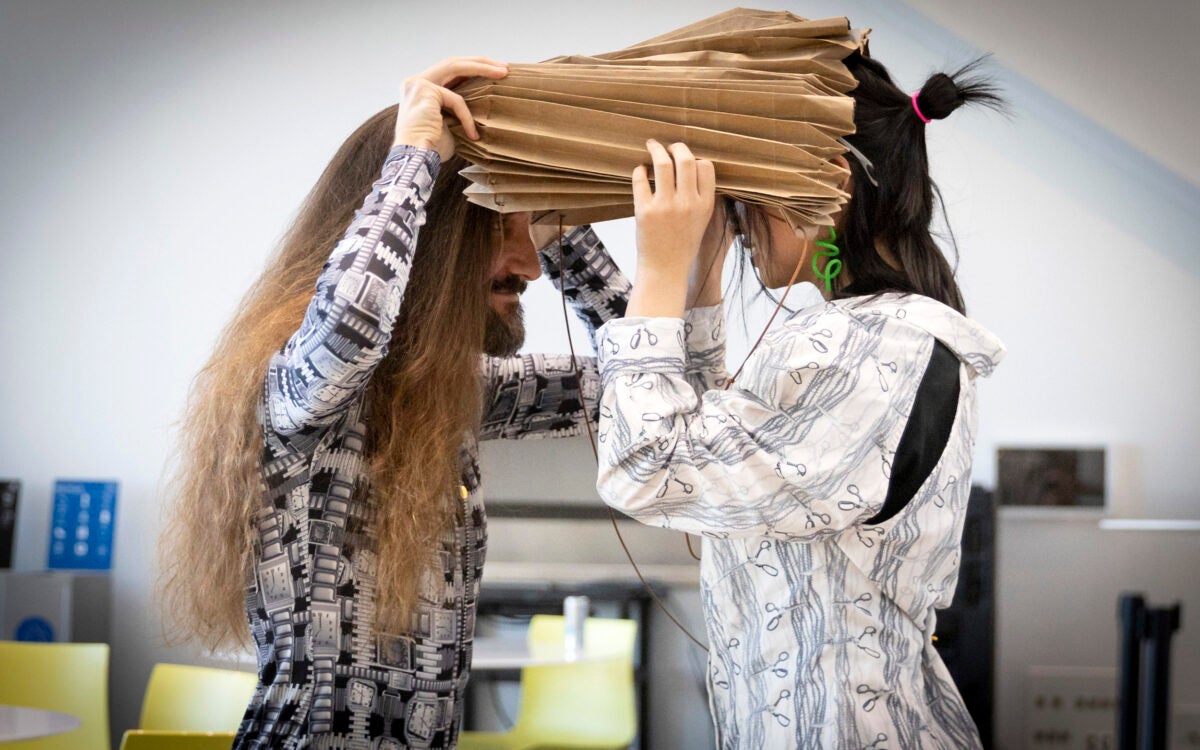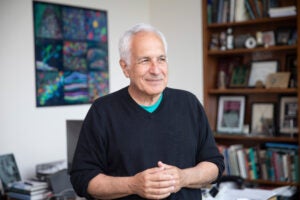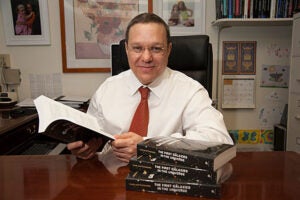Tag: Avi Loeb
-
Science & Tech
Nothing that is not there and the nothing that is
You’ll never experience a black hole, but Avi Loeb can help you imagine one
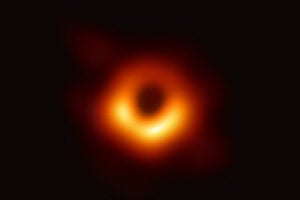
-
Science & Tech
Scientific discovery gets kind of government seal of approval
Harvard student Amir Siraj ’22 and Professor Avi Loeb have found the earliest known meteor from another solar system to hit Earth, with the results confirmed by U.S. Space Force.
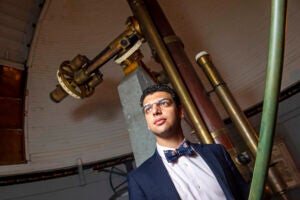
-
Science & Tech
Oh, if I could talk to the aliens
Harvard astrophysicist and psychologist explore the possibility of life beyond our solar system and what to do should aliens arrive on Earth ready to engage.
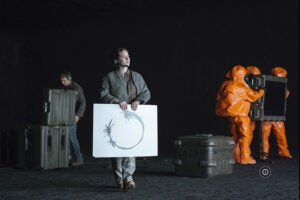
-
Science & Tech
The cataclysm that killed the dinosaurs
New theory explains origin of comet that killed the dinosaurs
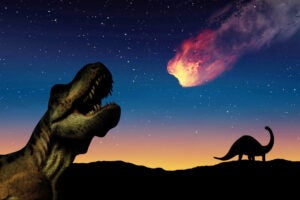
-
Science & Tech
Far-out findings from the cosmos
CfA astronomers theorize that the solar system originally had two suns as they further research a sneezing star and ‘Oumuamua.
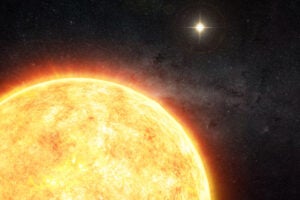
-
Campus & Community
One thing to change: Think more like children
Abraham “Avi” Loeb, the Frank B. Baird Jr. Professor of Science, argues that academia shouldn’t just be about proving theories, but about exploration.
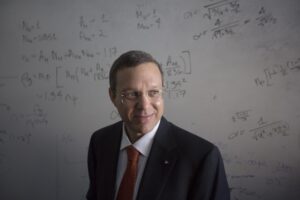
-
Science & Tech
Something weird this way comes
A paper by Harvard researchers wonders whether the interstellar object known as “‘Oumuamua” is a visitor from an alien civilization.
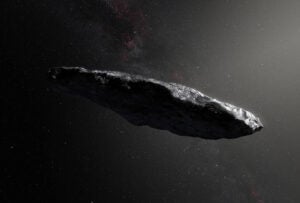
-
Science & Tech
New light on dark matter
Harvard-Smithsonian Center for Astrophysics researchers explore dark matter particles that may carry an electric charge, and explain why that matters.
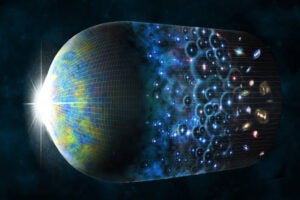
-
Science & Tech
Just-so black holes
New findings advance insight on formation of supermassive black holes in the early epochs of the universe.
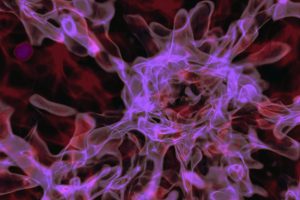
-
Science & Tech
Interstellar seeds could create oases of life
Within the next generation, it should become possible to detect signs of life on planets orbiting distant stars, say researchers at the Harvard-Smithsonian Center for Astrophysics
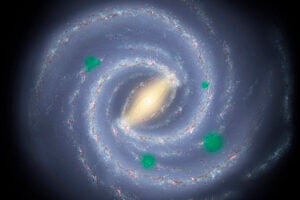
-
Science & Tech
Far-out questions
Harvard astronomer Avi Loeb talked about the search for intelligent life in a lecture at the Science Center.
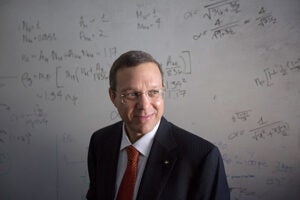
-
Science & Tech
Targeting alien polluters
New research by theorists at the Harvard-Smithsonian Center for Astrophysics (CfA) shows that we could spot the fingerprints of certain pollutants under ideal conditions. This would offer a new approach in the search for extraterrestrial intelligence (SETI).
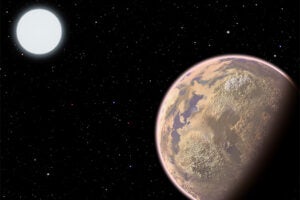
-
Science & Tech
Sizing up the Big Bang
Four experts, including Nobel Prize winner Robert Wilson, came together for a CfA program titled “50 Years After the Discovery of the Big Bang.”
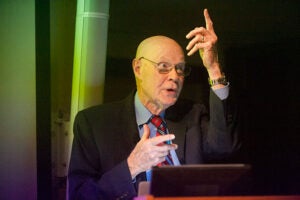
-
Health
Building on Einstein
A team at Tel Aviv University in Israel and the Harvard-Smithsonian Center for Astrophysics has just discovered an exoplanet using a new method that relies on Einstein’s special theory of relativity.
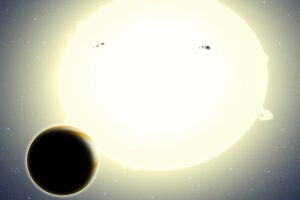
-
Science & Tech
A learner’s guide to the universe
Harvard’s Avi Loeb is helping prepare the next generation of astronomers with a new textbook, “The First Galaxies in the Universe.”
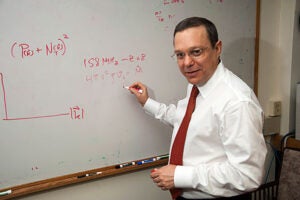
-
Health
Dying stars source of life?
Researchers at the Harvard-Smithsonian Center for Astrophysics have found that even dying stars could host planets with life — and if such life exists, they believe we might be able to detect it within the next decade.
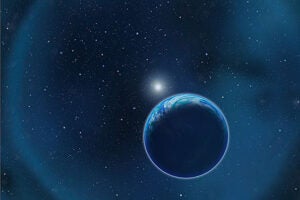
-
Science & Tech
Planets form in cosmic maelstrom
At first glance, the center of the Milky Way seems like a very inhospitable place to try to form a planet. New research by astronomers at the Harvard-Smithsonian Center for Astrophysics shows that planets still can form in this cosmic maelstrom.
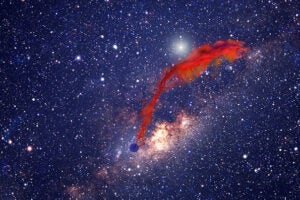
-
Science & Tech
Planet starship
Seven years ago, astronomers boggled when they found the first runaway star flying out of our galaxy at a speed of 1.5 million miles per hour. The discovery intrigued theorists, who wondered: If a star can get tossed outward at such an extreme velocity, could the same thing happen to planets? New research shows that…
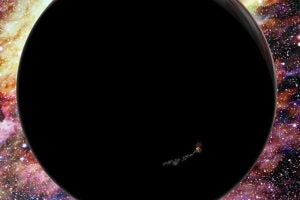
-
Science & Tech
Bright idea
In a new paper, Avi Loeb of the Harvard-Smithsonian Center for Astrophysics and Edwin Turner of Princeton University suggest a new technique for finding aliens: Look for their city lights.
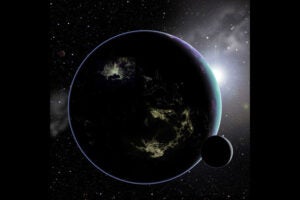
-
Campus & Community
Baby photos from the ultimate edge – a black hole
Astronomers may have lucked into the ultimate in cosmic baby pictures: a voracious black hole fresh from its violent birth…
